Access of minors to pornography has become ubiquitous, and electronic devices such as smartphones, tablets and computers provide an open window to this type of material. However, one of the biggest challenges lies in the fact that more and more young people are being exposed to this content inadvertently or intentionally. This situation poses a series of social, psychological and legal problems that require urgent attention. In this article, we will explore in detail the problem of minors’ access to pornography, as well as possible solutions to this growing challenge.
Tabla de contenidos
The Emerging Problem
Access of minors to pornography has become a growing concern for parents, educators and mental health experts. Easy accessibility through electronic devices, coupled with the lack of effective restrictions, has led to a situation where minors may accidentally come across such material while surfing the Internet or even actively seeking it out.
Early exposure to pornographic content can have detrimental consequences for the cognitive, emotional and social development of minors. Studies have shown that repeated exposure to this type of material can influence inappropriate sexual attitudes and behaviors, as well as distorted perceptions of interpersonal relationships and intimacy.
In addition, minors’ access to unregulated pornography may expose them to depictions of violence, abuse, and non-consensual sexual behaviors, which could contribute to the normalization of such behaviors and have a negative impact on their psychological well-being.
Challenges and Obstacles
The fight against underage access to pornography faces several significant challenges and obstacles. These include:
- Lack of Effective Parental Supervision: Many parents lack the tools and knowledge necessary to monitor and regulate their children’s access to the Internet and electronic devices.
- Technological Barriers: Although filters and parental controls are available, they are not foolproof and can be circumvented by technologically savvy minors.
- Inadequate Sexuality Education: The lack of comprehensive sexuality education in many settings may cause minors to turn to pornography as the only source of information on sexuality, without adequately understanding its unrealistic nature and potential negative impacts.
- Peer Pressure and Curiosity: Natural curiosity and peer influence can lead minors to actively seek out pornographic content, even if they do not fully understand its implications.
Possible Solutions
Addressing the problem of underage access to pornography requires a multifaceted approach involving parents, educators, health professionals and society in general. Some possible solutions include:
- Comprehensive Sexuality Education: Introducing educational programs that address sexuality comprehensively and accurately from an early age can help provide minors with the information and skills necessary to understand pornography critically and resist its influence.
- Promoting Active Parental Supervision: Informing and training parents on the importance of supervising their children’s use of the Internet and electronic devices, as well as providing them with tools and resources to implement effective parental controls.
- Development of Advanced Filtering Technologies: Invest in research and development of more sophisticated and effective filters and parental controls that can adapt to changing technologies and Internet usage patterns.
- Cross-Sector Collaboration: Foster collaboration among governments, the technology industry, non-profit organizations and civil society to comprehensively address underage access to pornography through the implementation of policies, regulations and awareness programs.
- Psychological and Social Support: Provide access to mental health services and psychological support for minors who have been exposed to harmful pornographic content, as well as promote safe and trusting environments where they can seek help if necessary.
Conclusion
Minors’ access to pornography on electronic devices represents a complex and multifaceted challenge that requires a comprehensive and coordinated response from society as a whole. While there is no single solution, addressing this problem effectively will involve the collaboration of multiple stakeholders and the implementation of strategies that address both the underlying causes and the immediate consequences. By prioritizing education, parental supervision, technological development and psychological support, we can work toward a future in which minors are more effectively protected from harmful exposure to pornographic content online.
Photos, videos, negative reviews, or fake news can impact your image. We help you remove or deindex them. Leave your details and we’ll contact you.
Photos, videos, negative reviews, or fake news can impact your image. We help you remove or deindex them. Leave your details and we’ll contact you.








